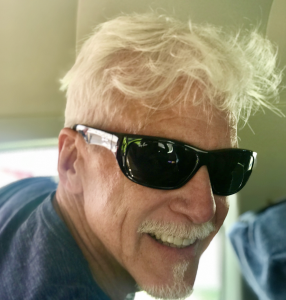
Professional Artist Steven Weitzman
Steven Weitzman’s career began in 1971 when he received numerous art and design awards for his graphic designs and illustrations. Weitzman’s work quickly expanded to include fine art and large-scale, interactive, public art installations, focusing primarily on sculpture throughout the 1980′s.
In 1985, Weitzman garnered international recognition for creating a sculpture on the grounds of the United Nations, in New York City, dedicated for the UN’s 40th Anniversary. In 1989, the Smithsonian Institution’s non-profit partner, Friends of the National Zoo, commissioned Weitzman to create a hand-carved sculpture, crafted from a 30-foot-tall oak for the entrance to the National Zoo in Washington, D.C. This sculpture was commissioned to acknowledge the many volunteers that have helped contribute to the zoo over the years. An estimated four million people observed Weitzman at work during the two years it took to carve the tree.
Weitzman invented FŌTERA ® structural concrete in 1988. Since then, the medium has gained popularity for integrating aesthetics into indoor and outdoor architecture and environments. FŌTERA® is a structural concrete or resinous terrazzo material produced from a unique process to cast any image or design in full color. What also makes this process distinctive is that, unlike traditional terrazzo, it does not require the use of metal edging between color fields.
Weitzman Studios, Inc. (WSI) was founded in 1995 as the entity through which to handle his large-scale public art and to display the array of multi-disciplined artwork from his personal portfolio. Since its inception, WSI has created dozens of commemorative and figurative sculptures and outdoor urban environments.


